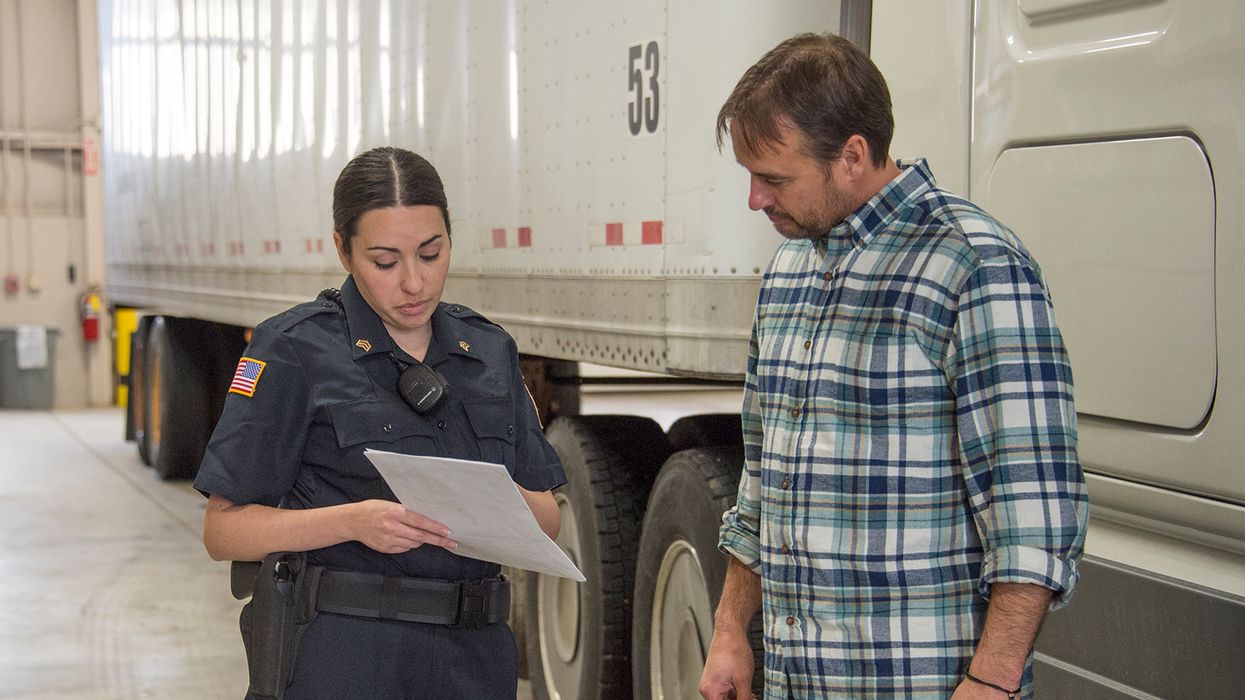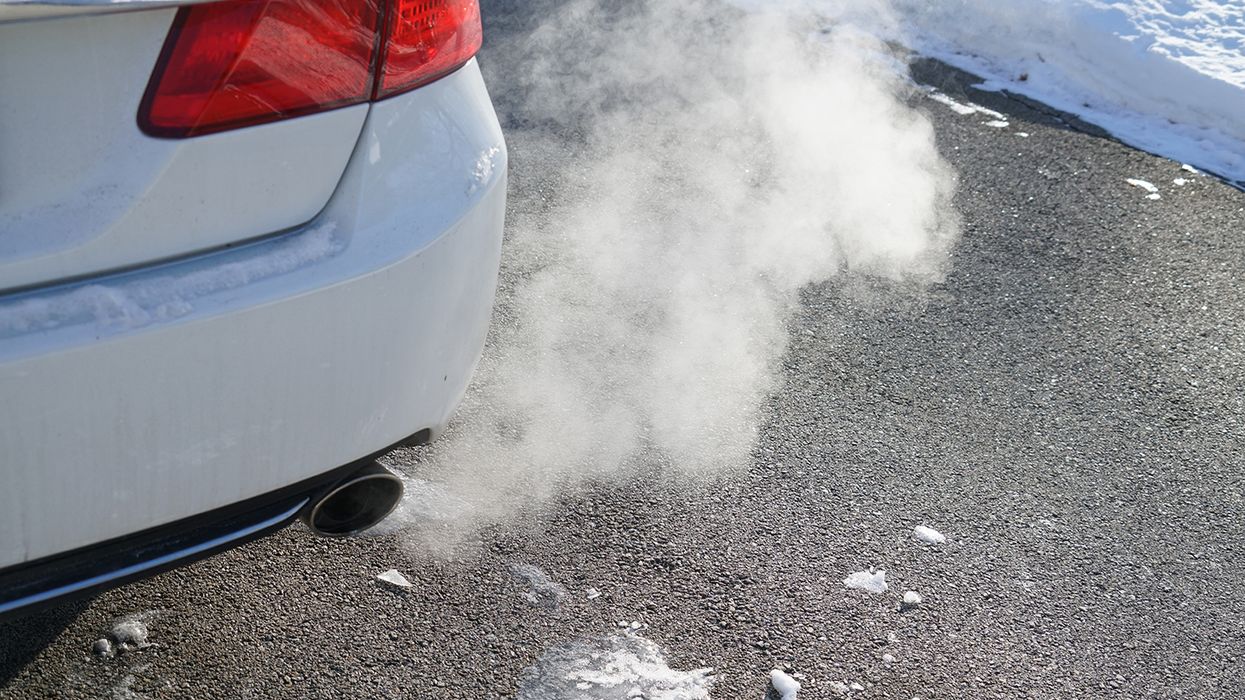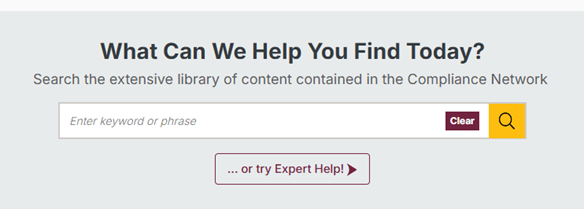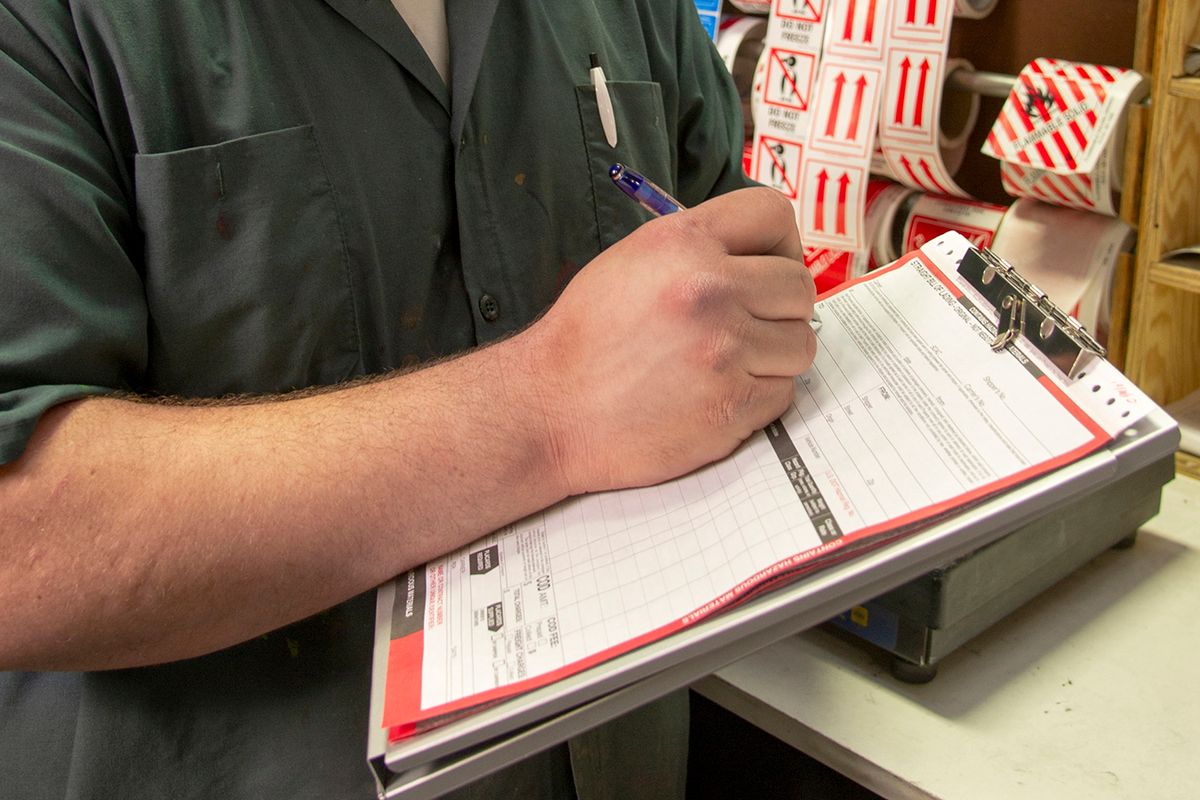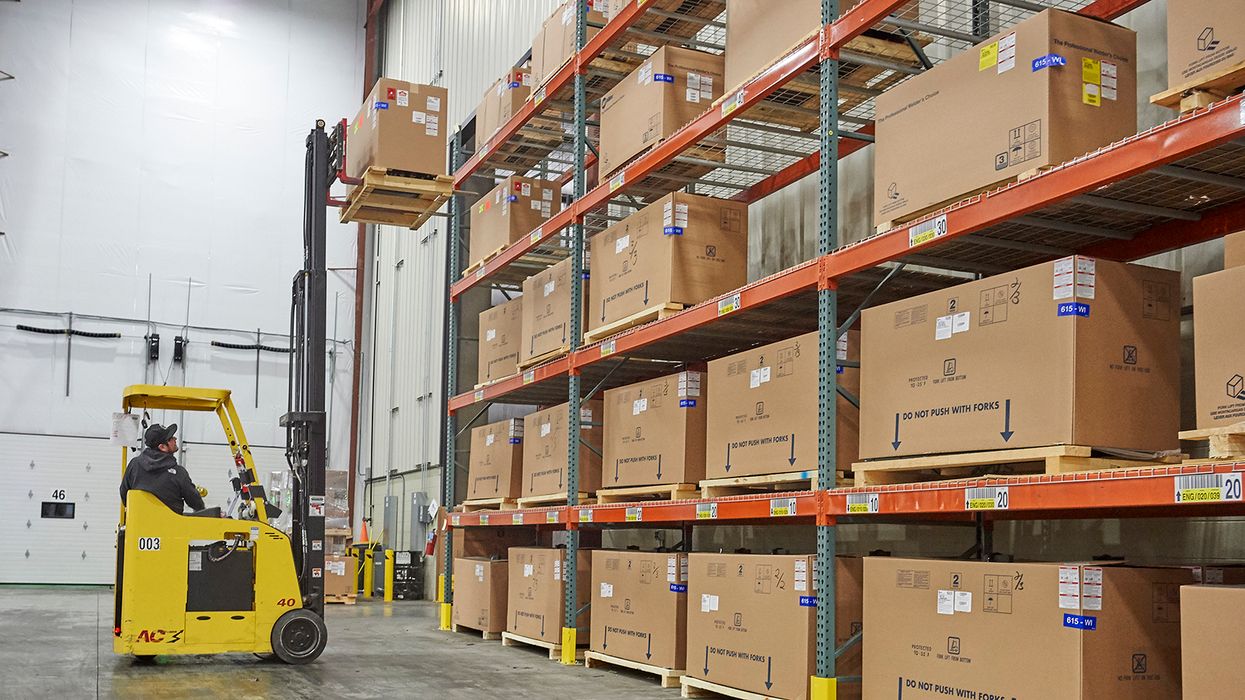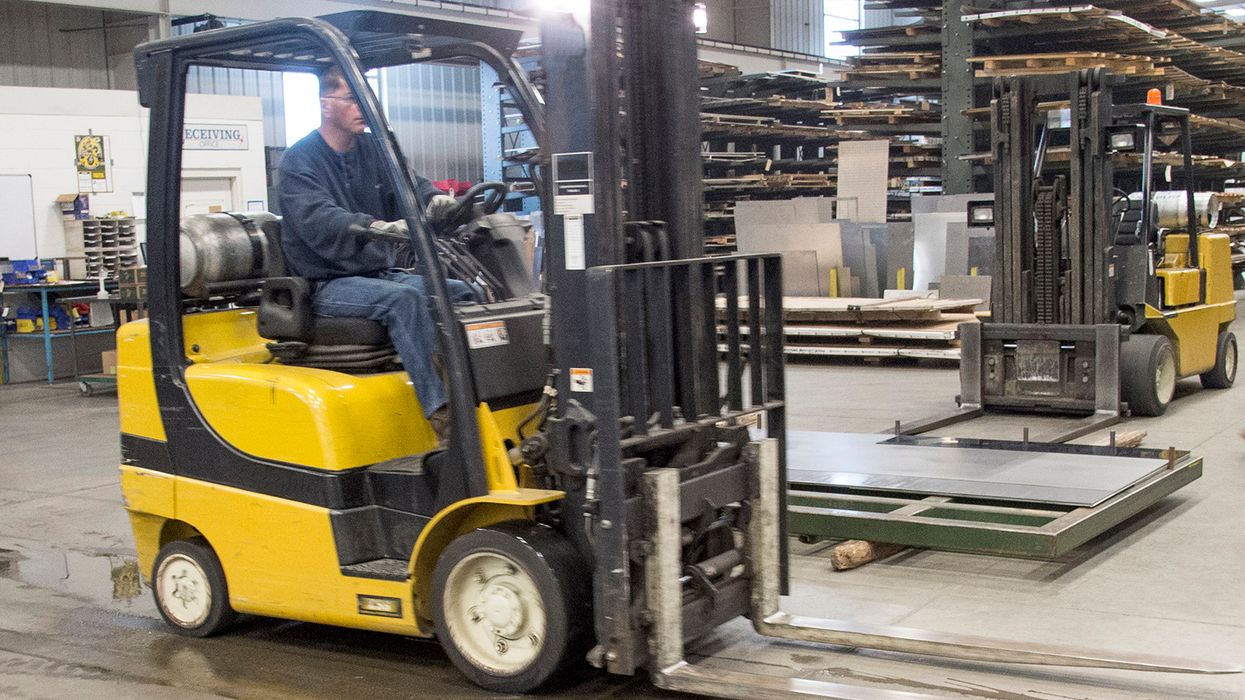Violations matter — not just OOS orders and citations!
One issue that some carriers fail to understand is that all safety-related violations written against a carrier or its driver during a roadside inspection are scored against the carrier in the Federal Motor Carrier Safety Administration (FMCSA) tracking systems. This includes the Safety Measurement System (SMS) within the Compliance, Safety, Accountability (CSA) program.
This is true whether the violation was written against the driver or the vehicle. This is because the carrier is always responsible for the driver’s qualifications and actions, and the condition of the vehicle.
Common questions surrounding violations on a roadside inspection are:
- “What if I have owner-operators leased onto my company and one of then get a violation?” and
- “What if I am using an interlined (another carrier’s trailer), leased, or rented trailer and it gets a violation?”
In the above situations, because you are the carrier (the entity whose DOT number the vehicle was operating under), you would be the one assigned the violations in the FMCSA tracking systems.
A violation is a warning
Another point to remember is that anytime the officer notes a violation on a roadside inspection report, the officer is giving you an informal warning. As a result of this, you need to correct the violation as soon as possible. For a vehicle violation that means addressing the defect that led to the violation the day of the inspection or as part of the DVIR process at the end of the driver’s workday.
The exception is if the officer placed the driver or vehicle out of service due to the violation.
Out of service
Whenever an officer writes a violation against a driver or vehicle, the next step is the officer checking the North American Out-of-Service Criteria (OOSC), published by the Commercial Vehicle Safety Alliance (CVSA). If the situation surrounding the violation matches the OOSC, the driver or vehicle will be placed out of service. When this happens, the violation must be corrected before the driver or vehicle operates again.
If the driver or vehicle are caught operating before the out-of-service violation has been corrected, the driver can be cited for jumping an out-of-service order. If convicted, the driver will be fined and the driver’s commercial driving privileges can be suspended for 90 days to one year or more (see 391.15 and 383.51). The carrier can also be fined in excessive of $39,000 (Appendix B to Part 386).
Formal written warnings and citations
Also, after the violation has been recorded on the roadside inspection report, the officer will decide if a formal warning or citation is warranted. The decision on issuing a formal warning or citation will be based on the severity of the violation, the officer’s judgment, the officer’s standing orders, the officer’s agency policies, and state laws. Not all violations and out-of-service orders result in a formal warning or citation.
Key to remember: The FMCSA consequences happen as soon as the officer notes a violation on the roadside inspection report. From there on, the additional consequences (out-of-service order, formal warning, citation) will depend on the OOSC, the officer, and the instructions provided to the officer.

